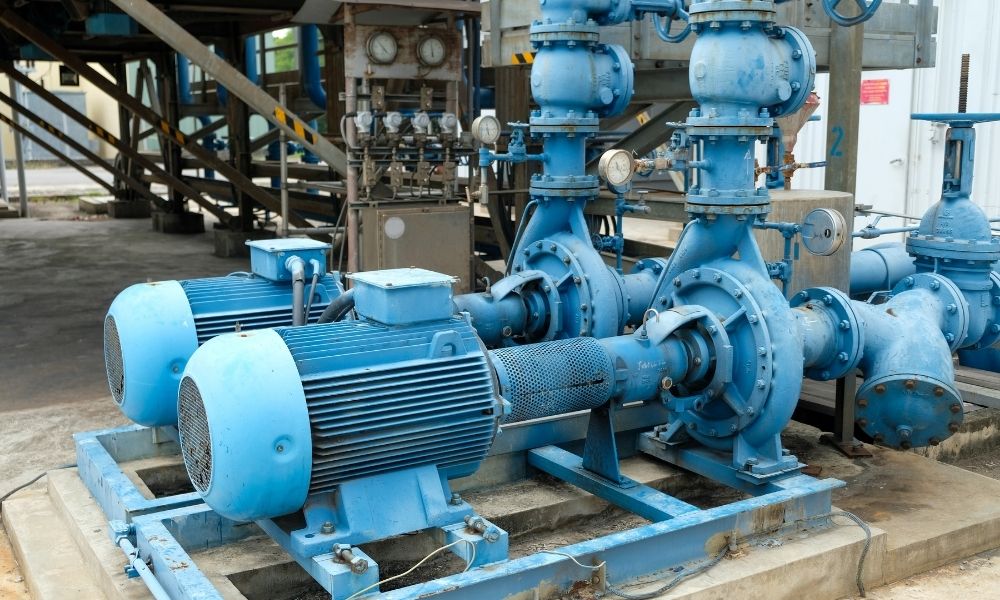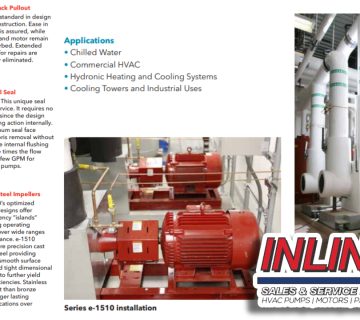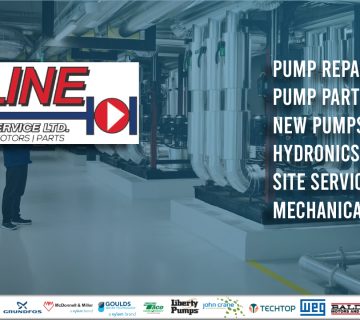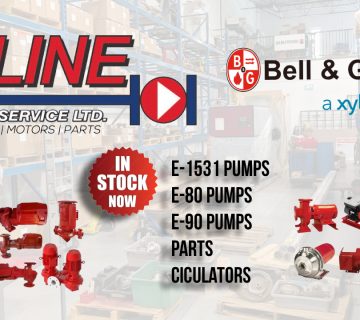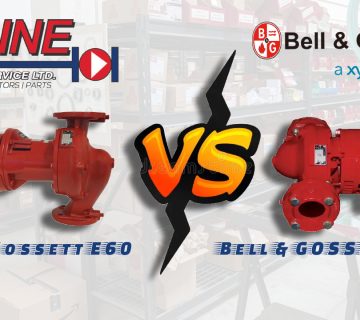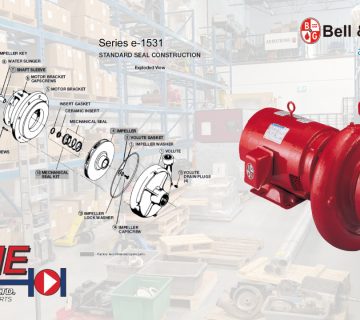The Essential Guide to Maintenance on Centrifugal Pumps
Centrifugal pumps are essential components in a wide range of industrial processes, from water treatment to oil refining. These pumps are responsible for moving fluids, often under pressure, through pipes and systems. Like any machinery, centrifugal pumps require regular maintenance to ensure they operate efficiently, reliably, and safely.
In this blog post, we will explore why maintenance is crucial for centrifugal pumps, the key maintenance tasks, and how to keep these pumps running at optimal performance.
Why Maintenance is Crucial for Centrifugal Pumps
Regular maintenance is vital for centrifugal pumps for several reasons:
- Efficiency: A well-maintained pump operates more efficiently, leading to energy savings and reduced operational costs.
Longevity: Regular maintenance can extend the lifespan of the pump and its components, reducing the need for costly replacements.
Reliability: Preventive maintenance helps identify potential problems before they lead to pump failure, reducing downtime and ensuring that the pump performs when needed.
Safety: Pumps are often used to handle hazardous fluids or operate under high pressures. Poorly maintained pumps can fail, leading to safety hazards like leaks or catastrophic breakdowns. - Now, let’s dive into the key maintenance tasks that are necessary for centrifugal pump longevity and performance.
Key Maintenance Tasks for Centrifugal Pumps
1. Visual Inspections
The first step in maintenance is often the simplest: conducting a visual inspection. Here, you want to look for any obvious signs of damage or wear, such as:
Leaks around the pump shaft or casing.
Vibrations that could indicate an imbalance or misalignment.
Unusual noises which may point to issues with bearings or cavitation.
Corrosion on metal parts, particularly the pump casing.
Visual inspections should be done regularly, preferably before each startup or shutdown, to catch minor issues early before they become major problems.
2. Lubrication and Bearing Maintenance
Proper lubrication is essential to keep the bearings in a centrifugal pump operating smoothly. Bearings allow the pump shaft to rotate, and without proper lubrication, they can overheat and fail.
Check lubricant levels: Ensure the bearing housing is full of the correct lubricant and that it is not contaminated with dirt or water.
Replace lubricant: Over time, lubricants degrade. Be sure to follow the manufacturer’s recommendation for replacement intervals.
Monitor bearing condition: If the bearings start making noise or show signs of excessive wear, they may need to be replaced. Regularly check them for temperature variations, as high temperatures can signal friction and imminent failure.
3. Seal Inspection and Replacement
Centrifugal pumps typically use mechanical seals to prevent fluid leakage around the shaft. Over time, seals wear out due to pressure, temperature changes, or contamination.
Check for leaks: If you notice leakage around the shaft, it’s time to inspect and potentially replace the mechanical seal.
Monitor seal faces: Inspect the seal faces for wear, pitting, or scoring. These are signs that the seals are beginning to fail.
Replace seals as needed: Seals should be replaced before they fail completely to avoid fluid loss and potential damage to other pump components.
4. Impeller Inspection
The impeller is one of the most critical parts of a centrifugal pump. Its purpose is to transfer energy to the fluid and create the pressure required to move the fluid through the system. Wear on the impeller can result in inefficiency or reduced flow.
Inspect for wear or corrosion: Check the impeller blades for signs of erosion, corrosion, or pitting, especially in pumps handling abrasive or corrosive fluids.
Clean the impeller: Sediments and debris can build up over time, affecting the impeller’s performance. Regular cleaning helps maintain efficiency.
5. Pump Alignment
Misalignment of the pump and motor shaft can lead to vibrations, overheating, and premature wear of components. Ensure the pump is correctly aligned by checking the alignment of the motor shaft with the pump shaft, especially after installation or disassembly.
Use alignment tools: Laser alignment tools or dial indicators can help achieve precise alignment.
Check for vibrations: Excessive vibration is often a sign of misalignment. Regularly monitoring the vibration levels can help detect misalignment early.
6. Monitor System Pressure and Flow
Regularly monitoring the pump’s operating conditions, such as flow and pressure, is essential to ensure that the pump is running at optimal performance. Any deviations from the expected range could indicate a problem:
Low flow: Could be due to clogging, air entrainment, or a faulty impeller.
Excessive pressure: May signal blockage in the discharge line or a malfunctioning valve.
System checks: Periodically check valves, piping, and other connected components for clogs, leaks, or obstructions.
7. Cavitation Prevention
Cavitation occurs when the pressure in the pump falls below the vapor pressure of the liquid, causing the formation of vapor bubbles. These bubbles can implode, damaging the pump’s internal surfaces.
Check for signs of cavitation: Noises like a “gravel” or “marbles” sound, along with vibration and excessive wear on the impeller, are common signs.
Avoid cavitation: Ensure that the pump is operating within the recommended flow and pressure ranges. Maintaining proper NPSH (Net Positive Suction Head) levels can also help prevent cavitation.
8. Routine Testing and Monitoring
In addition to visual inspections, using advanced diagnostic tools can help detect underlying issues that might not be immediately obvious:
- Vibration analysis: A key method for detecting imbalance or misalignment before failure occurs.
Thermography: Using infrared cameras to monitor temperature changes and identify hot spots that could indicate friction, wear, or leaks.
Pressure and flow meters: Regularly check pressure and flow readings to identify performance deviations.
Best Practices for Centrifugal Pump Maintenance
Follow manufacturer guidelines: Always refer to the manufacturer’s maintenance recommendations, including schedules for servicing and parts replacement.
Create a maintenance schedule: Set up a preventive maintenance schedule to perform regular checks and replace worn components before they cause major issues.
Train personnel: Ensure that maintenance staff is properly trained in pump operation and troubleshooting to ensure efficient repairs and maintenance.
Keep spare parts: Having common spare parts (like seals, bearings, and impellers) on hand can minimize downtime when something breaks down.
Conclusion
Centrifugal pumps are vital to many industrial processes, and their maintenance is essential to ensuring that they operate efficiently, safely, and reliably. Regular inspections, proper lubrication, monitoring system conditions, and replacing worn components when needed can extend the lifespan of the pump and prevent unexpected failures.
By adopting a comprehensive maintenance approach, businesses can reduce downtime, improve performance, and ultimately save money on repairs and replacements. Keeping your centrifugal pumps well-maintained will ensure that they continue to meet the demands of your operations effectively.
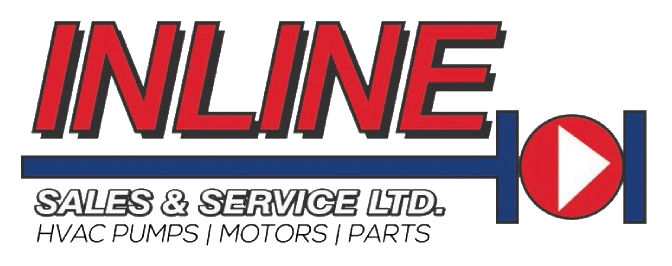
 Armstrong Pumps
Armstrong Pumps Bell & Gossett
Bell & Gossett Taco Pumps
Taco Pumps Goulds Water Technology
Goulds Water Technology Grundfos Pumps
Grundfos Pumps Wilo & Scot Pumps
Wilo & Scot Pumps Boilermag XT magnetic filter
Boilermag XT magnetic filter Hoffman Specialty
Hoffman Specialty John Crane
John Crane McDonnell & Miller
McDonnell & Miller Heat Exchangers
Heat Exchangers B&G Power Packs
B&G Power Packs Weg Motors
Weg Motors TechTop Motors
TechTop Motors US Motors & Nidec
US Motors & Nidec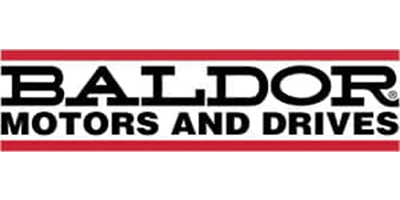 Baldor Motors
Baldor Motors SKF Motor Bearings
SKF Motor Bearings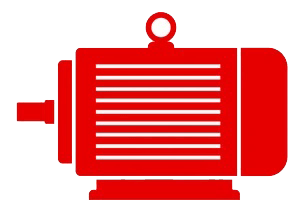 Motor Repairs
Motor Repairs







